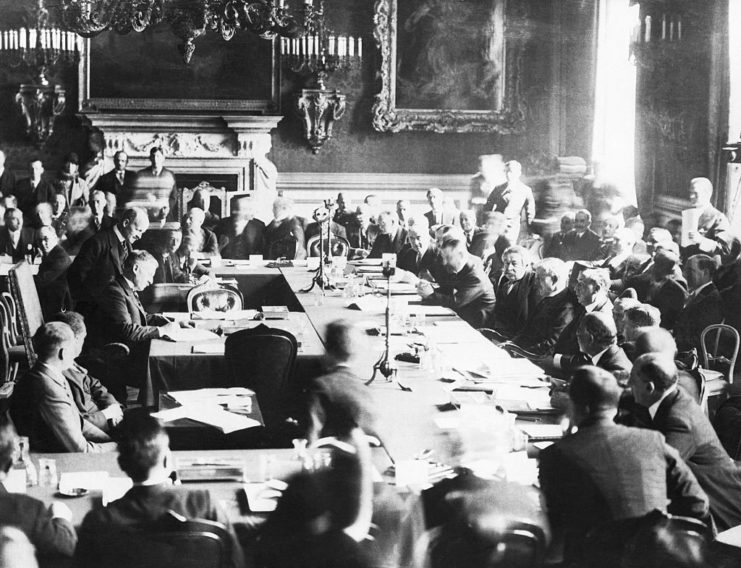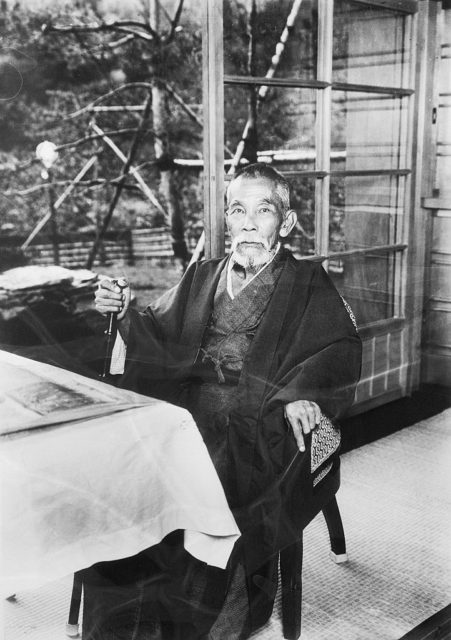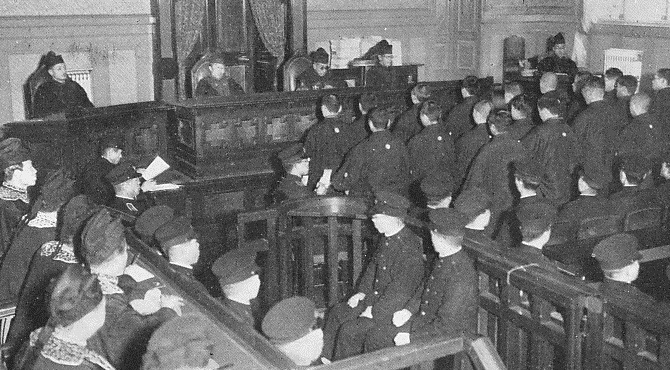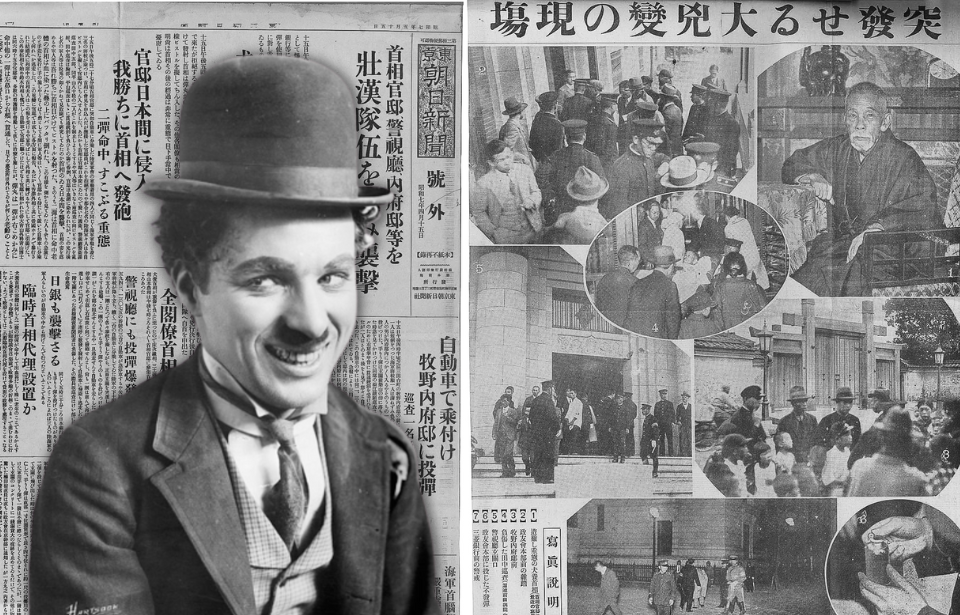On May 15, 1932, the world was almost plunged into an unexpected war. The Imperial Japanese Navy had organized a coup d’état through a series of assassinations. The attack left Japanese Prime Minister Inukai Tsuyoshi dead. What’s even more interesting is that a famous British actor was also implicated in the plan.
What triggered the attack?
The plot was brought on by the London Naval Treaty, which limited the size of the Imperial Japanese Navy. Junior Japanese naval officers were outraged and hatched a plan to overthrow the government and replace it with a military regime. Many have since compared it to the Sakurakai, a secret society that had been organized within the Imperial Japanese Army in 1930.

The original plan, dubbed the “League of Blood Incident,” occurred in early 1932. It aimed to assassinate a number of influential businessmen and politicians to bring about a “Shōwa Restoration,” which would restore power to Emperor Hirohito and abolish the Taishō democracy that had begun after the Russo-Japanese War.
Despite their planning, the ultranationalist group only managed to assassinate two individuals. The first was Japan’s former finance minister and the Head of the Rikken Minseitō (Constitutional Democratic Party) Inoue Junnosuke. Dan Takuma, the director-general of Mitsui Holding Company, was also killed.
Since the League of Blood Incident failed, the group planned another attack for May 15 of that year. At the time of the coup, Japanese Prime Minister Inukai Tsuyoshi was preparing to send a representative to China to negotiate a deal to halt any further military activity following the Japanese invasion of Manchuria. The invasion and subsequent occupation had been launched by Inukai’s predecessor, Wakatsuki Reijirō.
The May 15 Incident
On May 15, 1932, a group of young naval officers, army cadets and radicalized civilians stormed Prime Minister Tsuyoshi’s residence and shot him in what can only be described as an attempted coup d’état. His last words were reportedly, “If I could speak, you would understand,” to which his assassins responded, “Dialogue is useless.”

The original plan also included the assassination of a famous Briton who’d arrived in Japan the day prior: Charlie Chaplin. The actor was meant to be staying at the prime minister’s residence for a special reception, making him the perfect target. Chaplin’s murder was meant to enrage the United States, triggering a war between the two nations and leading to the restoration of Emperor Hirohito’s power.
Luckily, Chaplin was attending a sumo wrestling match with Inukai’s son when the assassination took place. The event likely saved both their lives.
The rebels also attempted to kill another Japanese official, Makino Nobuaki, and wreaked havoc on electrical transformer stations and a local bank headquarters. Ultimately, nothing came of the coup; the entire plan was a failure and ended with them turning themselves in.
The aftermath of the May 15 Incident
Eleven naval officers were charged with Prime Minister Inukai’s murder. The insurgents used the trial as a platform to gain sympathy from the public and reaffirm their loyalty to Emperor Hirohito. During the proceedings, the court received 110,000 petitions, some written entirely in blood, which begged for the attackers to be given lighter sentences.
There were even individuals who asked to be tried in the naval officers’ place and sent a jar of their own severed (and pickled) pinky fingers as a sign of their sincerity.

The men who murdered Prime Minister Inukai were released from prison after only a couple of years. The failure to properly punish them set a new precedent for other potential attackers and ultimately made the public realize the Japanese government could not confront the country’s military.
More from us: Bruce Carr Was Shot Down Behind Enemy Lines and Flew Back In a Stolen Aircraft
The aftermath of the May 15 Incident contributed to a rising interest in Japanese militarism and also inspired a series of similar events during the February 26 Incident, during which a group of Imperial Japanese Army officers staged their own coup d’état, with the goal of freeing the government and military of rivals and ideological opponents. Lasting three days, it ultimately ended in the attack being suppressed.
